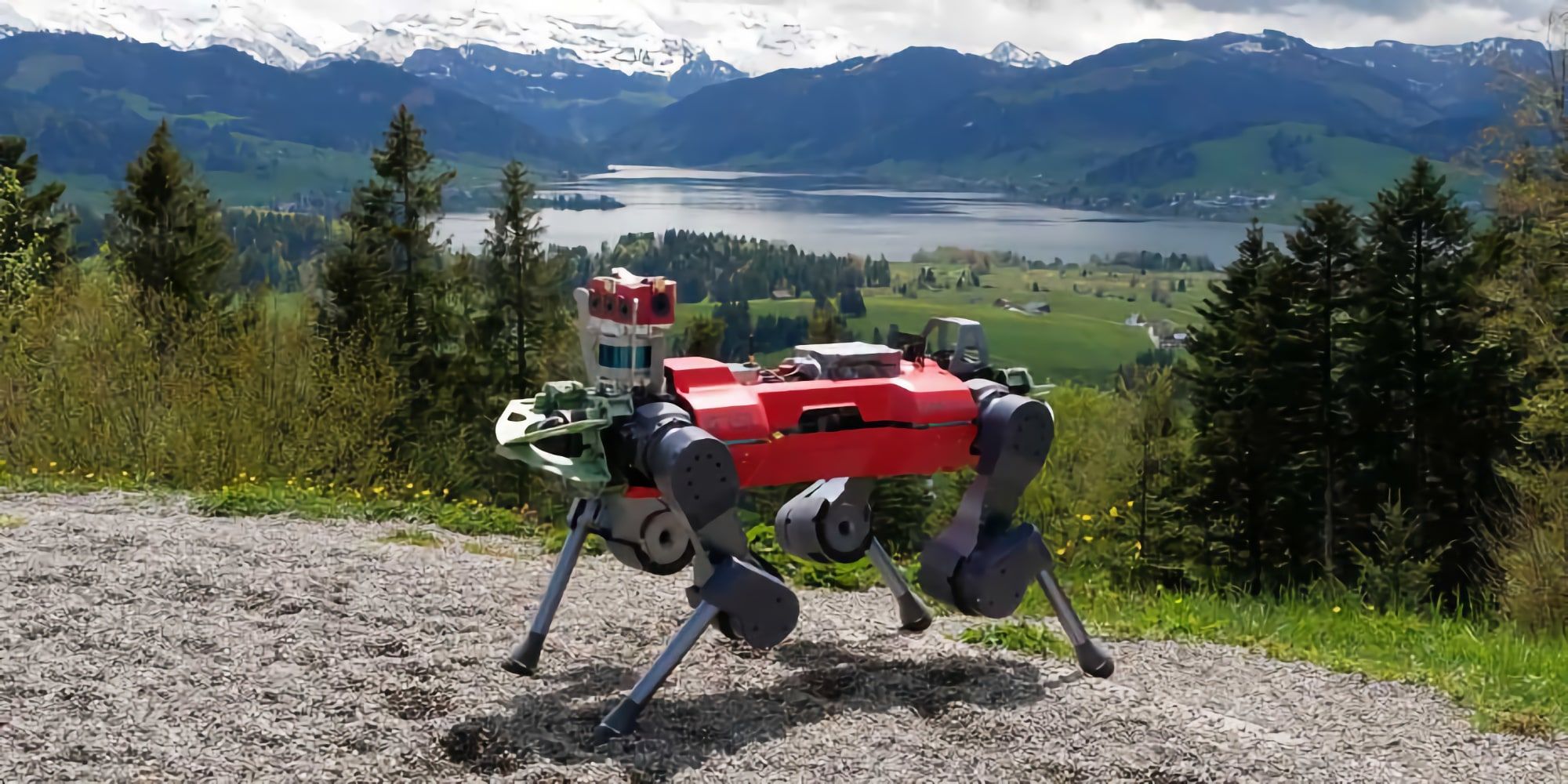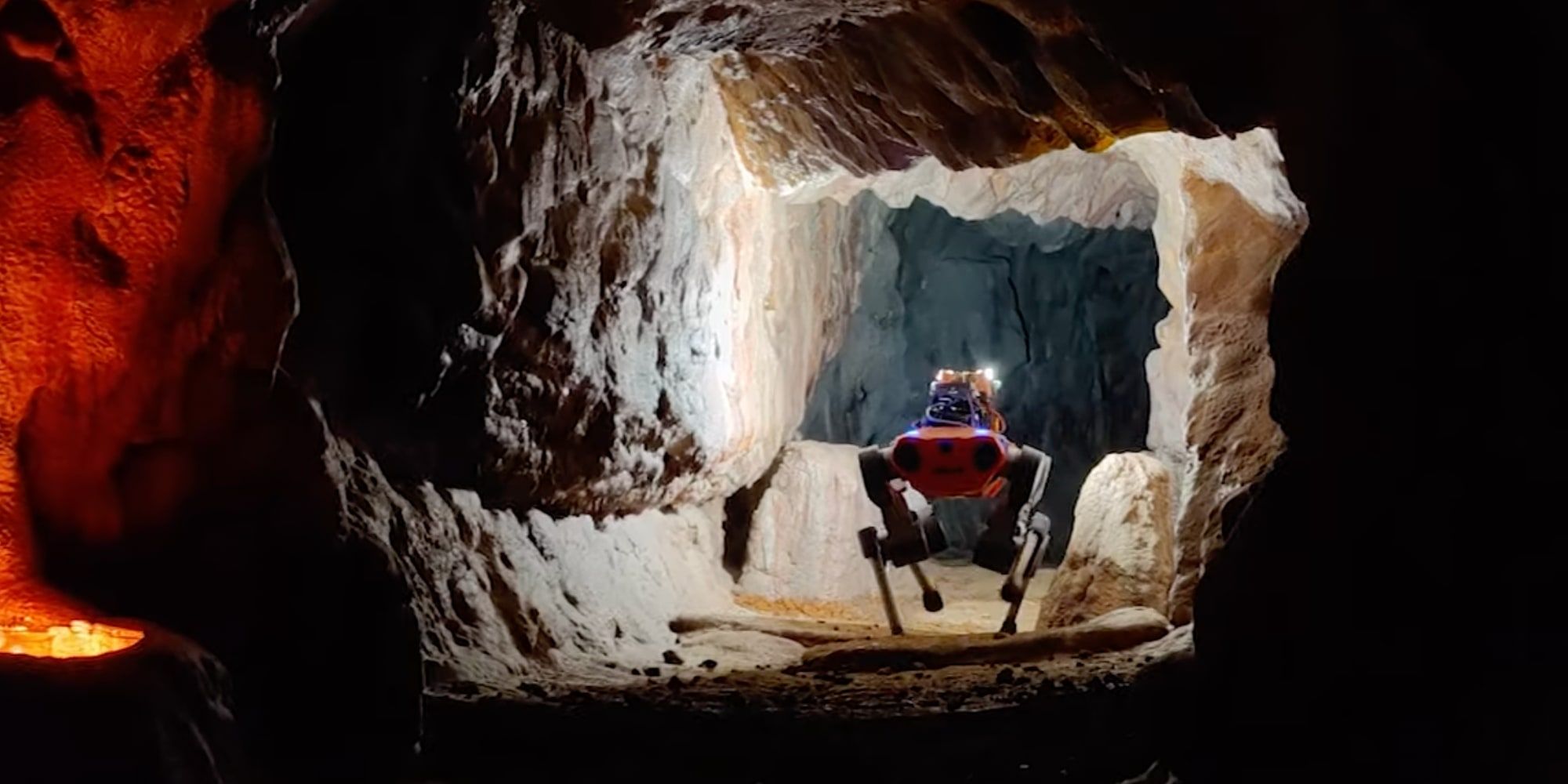A four-legged robot was recently filmed hiking up a mountain at a pace faster than a human could manage, making good use of the latest technology. While fast-moving bots are not uncommon, they usually have wheels or fly with propellers when moving quickly. The advantage of using legs becomes apparent, however, when traveling over rough terrain. While wheels handle smooth hard surfaces with ease and drones are the fastest in open spaces, a quadruped has the advantage when there's a need to navigate obstacles on the ground and in the air.
The field of robotics is expanding rapidly as technology advances. Faster processors combined with more refined artificial intelligence make it easier for these automatons to travel around with little human intervention, even when presented with unfamiliar locations. Eventually, directing a robot should be as simple as telling it where to go, what to do upon arrival, leaving the intervening steps to the machine to figure out. That's still at least a few years away but the beginnings of a robot revolution are starting to appear.
In the latest demonstration of how adaptable quadrupedal robots have become, ETH Zurich University's robotics team shared progress on its ANYmal robot, a four-legged machine that looks a bit like Boston Dynamics' famous robot dog, Spot. The latest YouTube video shows ANYmal hiking up mount Etzel, overcoming various obstacles along the way. Challenges included fallen trees, various size rocks, soft soil, and uneven ground. Despite the unfamiliar and uneven terrain, ANYmal finished the 120-meter path in 31 minutes, which is four minutes faster than expected by human hikers.
How A Quadruped Robot Hikes
The advancement that makes it possible for a quadrupedal robot to handle ground that is littered with rocks, fallen trees, and varying surface composition is machine learning combined with its visual perception of the environment, along with a new ability, a sense of touch. Earlier versions of ANYmal lacked the ability to sense the environment and relied solely on visual input which is limited when the surface is partially obscured or changes when force is applied. The upgraded ANYmal can handle a wide variety of terrain, even slippery and uneven surfaces.
The value of a robot that can handle rugged terrain extends beyond research into real-world solutions. When a hazardous area needs to be explored, a versatile robot such as ANYmal could prove indispensable. The end of the video shows how ANYmal was used to navigate a rocky tunnel in poor visibility and performed well enough to win first place in DARPA's Subterranean Challenge. ANYmal might also be used to deliver supplies in emergency situations, fitting through narrow and dangerous passageways, proving this versatile robot a great advancement.
Source: ETH Zurich, ETH Zurich/YouTube


